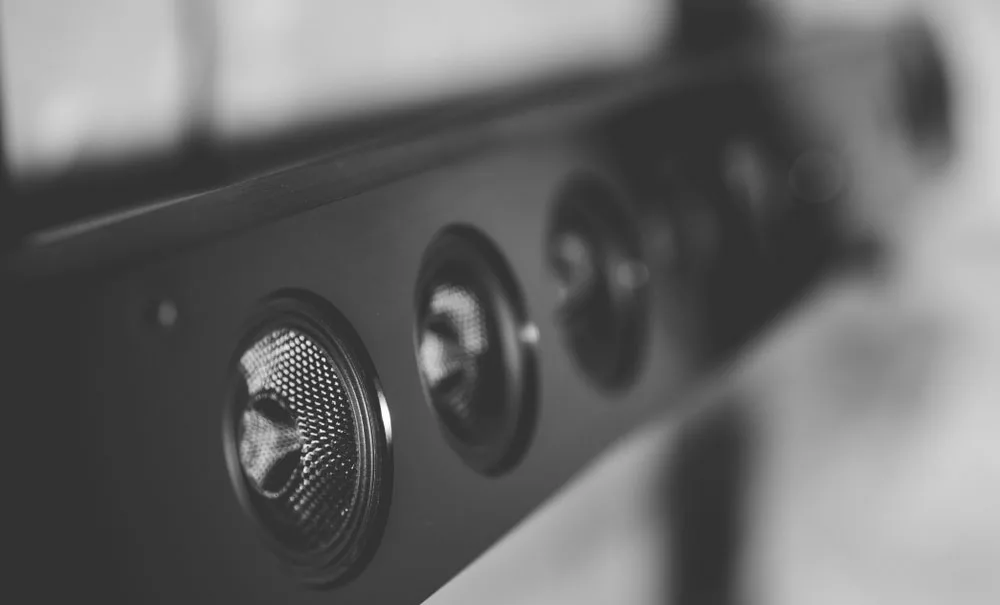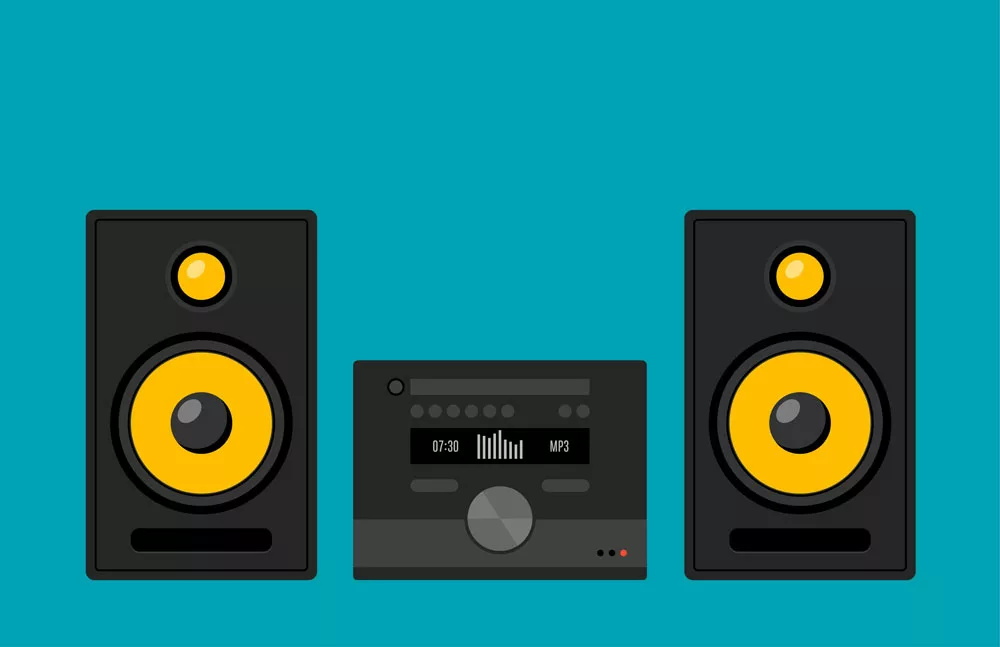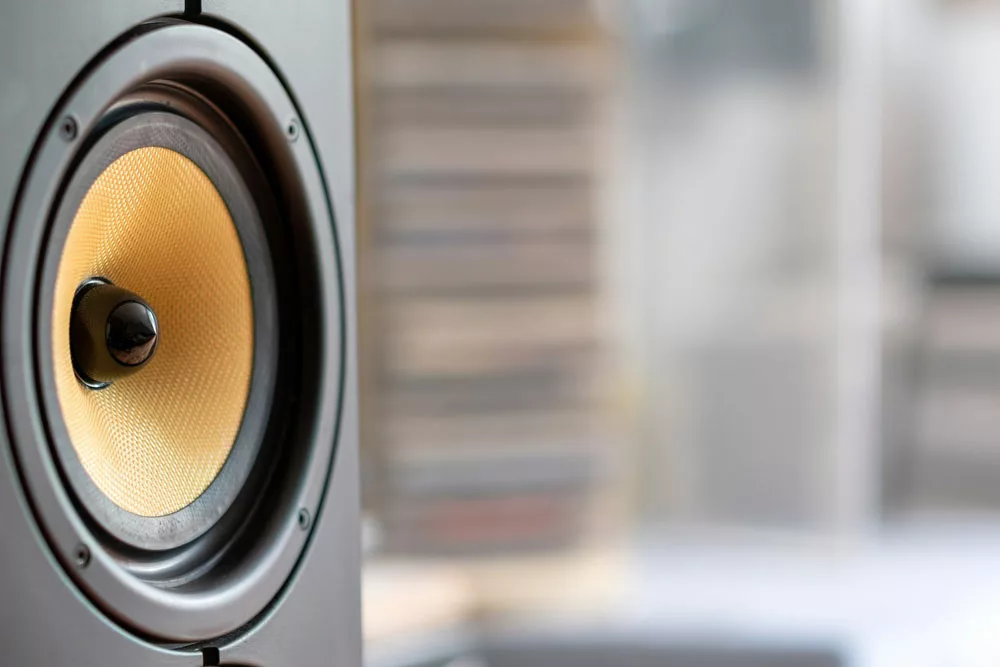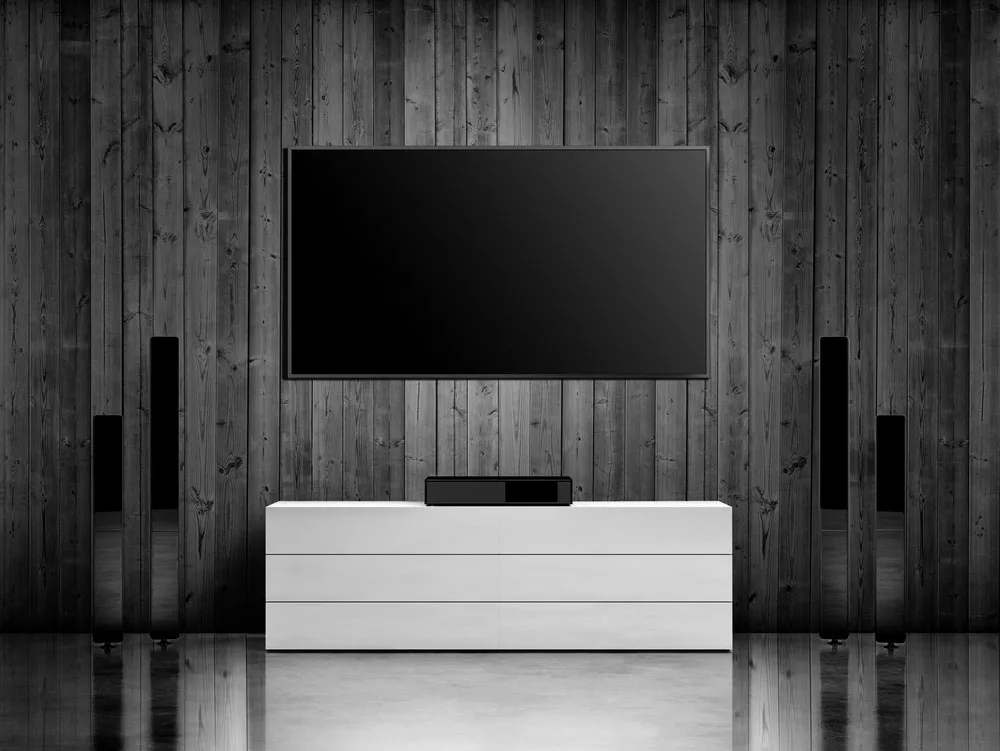Are you interested in upgrading your old surround sound speakers or setting up a new one? Then, hang in there because this article is for you.
Surround sound is undoubtedly an incredible technology that has been around for the last two decades, but that doesn’t make choosing one a walk in the park. In truth, you’d have to compare Bipole vs. Dipole speakers.
Although dipole and bipole speakers try to spread out sound for a more immersive experience, both speakers offer different working styles.
But don’t worry. This article will highlight the differences between these speaker technologies.
Are you ready? Let’s go!
Table of Contents
- What are Bipole Surround Systems?
- Diving into Dipole Surround Systems
- What are the Similarities between Dipole and Bipole Speakers
- What’s the Difference Between Dipole and Bipole Surround Speakers?
- Bipoles vs. Dipoles: Tips on how to Detect the Perfect Speaker
- Bipoles vs. Dipoles: Advantages and Disadvantages of Bipole and Dipole Speakers
- Bipoles vs. Dipoles: Which one Should you Choose?
- Final Words
What are Bipole Surround Systems?

Surround sound speaker
Bipole surround sound speakers have designs with two speaker driver arrays facing opposite directions. You can use these devices to avoid hot-spotting since they send surrounding sounds to the viewing area.
Using monopole speakers can transform higher frequencies into beams or make them hotspots, similar to light from torches. Unfortunately, direct and focused sounds at close range can cause a lot of distraction, reducing your immersion.
But, using Bipole surround speakers in the right environment can provide excellent results that enhance immersion. Sometimes, Bipole surrounds double as front channel speakers, like the Definitive Technology towers.
Diving into Dipole Surround Systems

Stereo speakers
Dipole surrounds are similar to their Bipole counterparts but have one array out of phase with the rest (usually the rear one). Sound confusing? Don’t worry, we’ll explain.
Like Bipoles, Dipoles have two speaker driver arrays: rear-firing and forward-firing. However, the rear array works 180 degrees out of phase from its front counterpart.
Interestingly, the design creates an on-axis cancellation (null), resulting in a drop of 8-12 dB. Hence, it’s critical to adjust a Dipole’s audio level to higher calibration levels so you can hear the reflected sounds.
Dipole surround systems have a less focused and diffusing surrounding effect, which creates a more immersive environment. In a nutshell, Dipoles deliver an impressive sense of ambiance.
In addition, you can use many driver configurations for surround dipoles. But it may be tricky since bass reduces when one driver array operates out of phase with the other. Thankfully, many manufacturers have solutions for this problem.
What are the Similarities between Dipole and Bipole Speakers
Before we dive into the differences, let’s look at what makes these speakers similar. Dipole and Bipole surrounds can perfectly reproduce sound effects in video games and movies. Also, they have similar drivers to variants in front speaker systems.
In addition, these speaker drivers push sound toward you, directing it at the sweet listening spot. You can maximize this effect by the equal distance between you and the speaker.
Dipole and Bipole speakers also sound excellent in large rooms (more than 5000m3). However, the audio will sound overly loud if you leave the ideal listening position.
What’s the Difference Between Dipole and Bipole Surround Speakers?

Sound speaker
Now that the similarities are out of the way, what makes these surround sound technologies different? For starters, you can use Bipole speakers as surround and front systems. Since both drivers work in sync, Bipoles can remit sounds from two sides while sending the audio in various directions.
In addition, Bipoles working as side surrounds will send audio toward the room’s rear and front. However, using them as rear-surround speakers will allow both drivers direct sound forward only.
Bipole speakers are ideal for situations where many people gather to watch a movie. Why? Because they send one part of a sound toward the listener while dispersing the other all over the environment.
Plus, Bipoles can sometimes provide an awesome listening experience, especially when you place them on a rear wall. They’ll also sound spectacular if you place them at the sides or in front of the listening position.
What about Dipole Surround Speakers?

TV with surround sound speakers
As mentioned earlier, Dipoles have two drivers that aren’t in phase. In truth, these speakers work in a way that allows one driver to generate sound while the other remains idle. Unlike Bipoles, Dipole surrounds don’t need their drivers placed on opposite sides.
However, poor bass performance is a persistent issue on Dipole speakers. In contrast to Bipoles, a Dipole’s lack of syncing arrays cancels out bass sounds. But, most manufacturers developed ways to counter this issue.
Some designs roll off the bass in one of the drives, while others utilize a pair of tweeters and one woofer, leaving only the former out of place. However, they won’t still produce bass on the same level as Bipoles. We recommend avoiding Dipole surround speakers–unless necessary.
Nevertheless, Dipole speakers are ideal for home theater system setups in small rooms. They also provide acceptable performance in situations with numerous people. Remember that these speakers can excellently disperse sound, preventing localization or overly focused audio.
Other Differences to Note
Dispersion
Bipole speakers perform simultaneously, allowing them to have the same phase, amplitude, and frequency. In contrast, Dipole speakers produce left and right waves that cancel each other out when in contact, lowering the frequency.
Dipoles create destructive interference, causing them to produce low-quality bass, especially when compared to Bipole speakers.
Reflection
Placing Bipole speakers against a wall causes the reflection from one driver to obstruct the waves coming from the other, creating destructive interference and constructive reinforcement.
In contrast, Dipole speakers produce waves at different times, allowing reflected waves generated by one driver to meet the other, leading to comb filtering. However, it’s a double-edged sword than can boost or destroy.
Bipoles vs. Dipoles: Tips on how to Detect the Perfect Speaker
Unfortunately, we can’t wave our wands and show which offers the best performance. Finding the best ear speakers involves experimenting with different models and placements.
In addition, room acoustics and speaker placement can influence speaker performance. Hence, it would be best to watch how you place your speakers to maximize your listening experience.
To enhance speaker performance, try reducing or eliminating reflections from the front and rear walls, as they can negatively affect overall performance. Meanwhile, side wall reflections have the opposite effect.
Also, pay attention to localization. It can affect the overall experience as listeners on the side will gear higher frequencies. You can reduce the effect by lowering the surround sound speakers or placing them at elevated locations.
Bipoles vs. Dipoles: Advantages and Disadvantages of Bipole and Dipole Speakers
Since Bipole speakers are in phase, they can offer more bass and create more air. You can also use them as primary speakers for producing diffused sounds since audio emits from the back and front.
However, room acoustics can affect the audio quality of Bipole speakers since they aren’t as open-sounding as Dipole surrounds.
Speaking of Dipoles, these speakers create an effect that prevents listeners from pinpointing the sound’s source. For this reason, you can get a more immersive experience from Dipole speakers.
Sadly, the poor bass performance is a major disadvantage with these speakers, making them unbearable for some people. Nevertheless, Bipole and Dipole speakers are similar to variants found in cinemas.
Bipoles vs. Dipoles: Which one Should you Choose?
About Bipoles vs. Dipoles, Dipole speakers are more effective in smaller rooms with treated acoustics. Let’s say you have a small theater with various seats. Such environments will maximize the audio experience from these models.
On the other hand, Bipole speakers are the go-to for large rooms with uncontrolled acoustics. Bipoles are also perfect if your placement involves back walls.
Final Words
Surround sound speakers can enhance ambient sounds like buzzing bees, waves splashing, and leaves rustling, especially when watching movies. However, you must ensure the sound from your Dipole and Bipole speakers don’t overpower the main audio for the best experience.
Choosing the best one depends on your preferences. If you have a large room and would kill for some bass, then Bipole speakers are for you. But if you have smaller rooms with lots of seats, Dipoles would suffice.
Do you have any questions? Feel free to reach us, and we’ll be happy to help.
